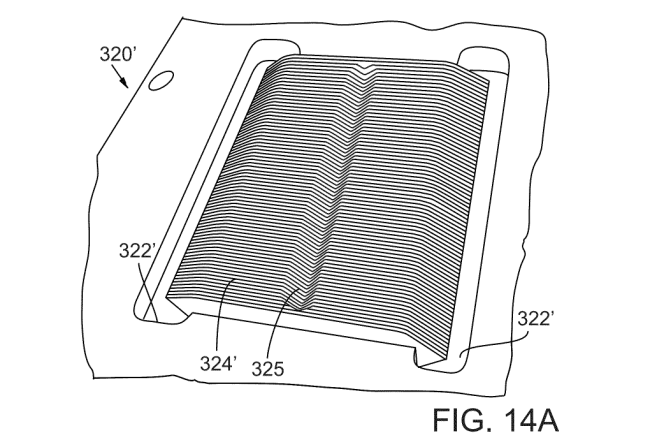by Dennis Crouch
In a nonprecedential decision, the Federal Circuit has vacated and remanded a PTAB decision siding against the patentee. The key issue on appeal was the proper construction of the claim term "matingly engaged," which appears in the limitation "a compliant member matingly engaged with the second side of the housing member." CoolIT Sys., Inc. v. Vidal, No. 2022-1221 (Fed. Cir. Mar. 7, 2024). Coolit v Vidal.
One of the take-aways from the case is that parties should be cautious about using terms that may themselves require construction, as this can lead to a "construing the construction" problem. Courts aim to adopt constructions that clarify the meaning of the disputed term without introducing new ambiguities. See Jason Rantanen, Construing Claim Constructions, Patently-O (Sept. 28, 2011, 4:13 PM).
To continue reading, become a Patently-O member. Already a member? Simply log in to access the full post.
